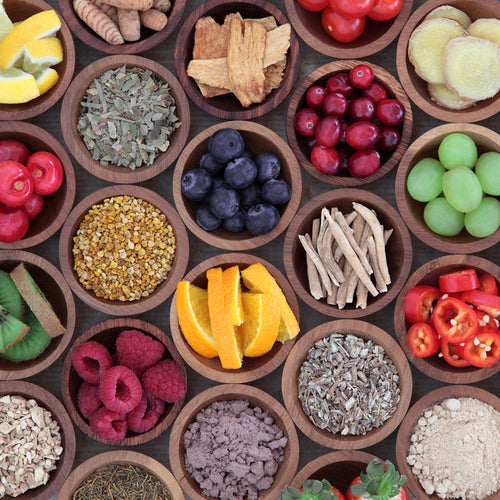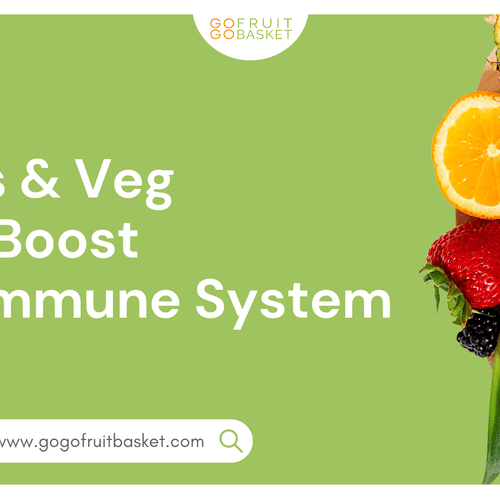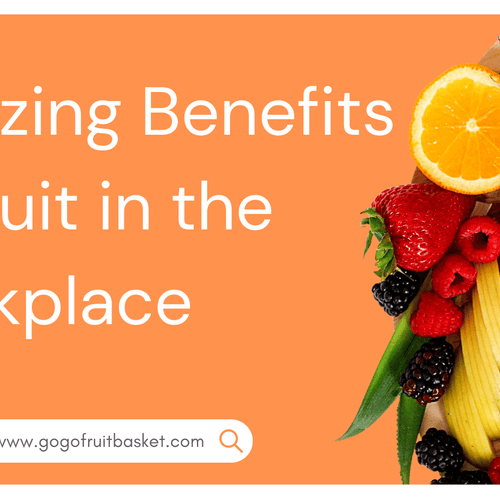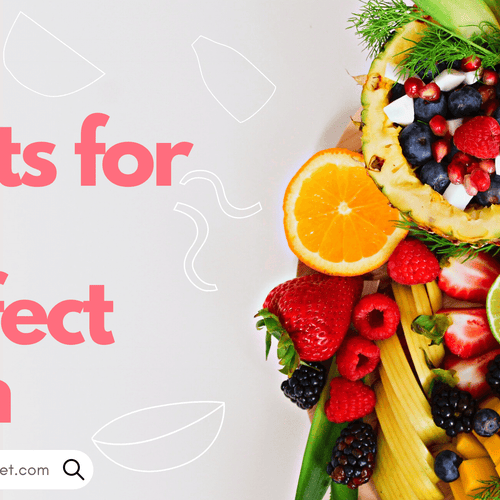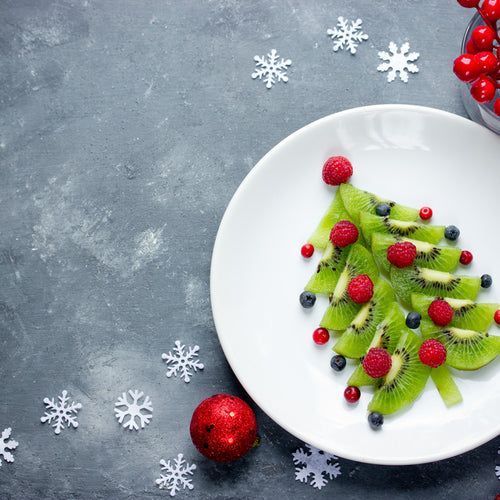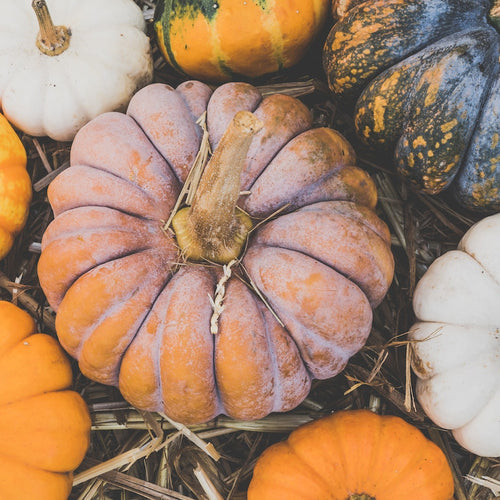Even from the earliest of ages, people are consuming bananas. Soft, tasty and sweet, they’re one of the first foods babies will be given to gnaw on. Maybe this is why bananas are so incredibly popular. From a young age we’ve had them given to us, and from then there’s no looking back.
Many people don’t know anything else about a banana other than the colour and the shape. But dive into the history and circumstances of the banana and you’ll find some pretty interesting points.
As you might have noticed, the UK isn’t a great place to grow bananas. Conditions that are perfect for banana farming – high temperatures and humid climes – are rarely, if ever found in Britain. So where do the shops in Blighty get the most popular fruit in the country from?
The best places to grow bananas are places with high temperatures. Here, we’re talking places like Latin America, the Caribbean, and more tropical parts of Africa. The vast majority of bananas grown in the world come from 30 degrees each side of the equator*. Wherever the banana can be grown, they are an economic titan: 43 million tons of bananas are shipped from the Global South alone.
The import of bananas to Europe began in the fifteenth century, brought to the mainland by Portuguese sailors that had been travelling to and from West Africa and noticed upon the fruit. For the farmers of the fruit, this was the beginning of something huge. Around this time, the world was getting smaller because of improved transport links, and the economic reality of more prosperous trading would be highlighted by the unique – and unEuropean – conditions bananas would grow. That discovery and subsequent importation would turn into what is today a total of approx. 100 billion bananas consumed a year.
The retail value of farming bananas is huge, but so is the socio-economic value. Take Ecuador, for example. According to a study from the FAO and Ecuadorian Government, up to and beyond 2 million jobs are directly and indirectly linked to the size of the banana industry, a number that will only rise with the growth of consumerism and the population of the world. And this is simply one country. The level of importance between this fruit and the lives of the nationals from these farming areas is huge.
Farming, Growing and Planting
We’re going to bet that you have little idea how bananas are grown. They just show up at the store and the next thing you know they’re in your home. There’s an entire year or more of backstory for the humble banana that you don’t realise before it can even reach our shores. From the farm to your family, there’s a whole lot you don’t know.
Before a banana plant can begin to grow, farmers need to correctly prepare the soil for optimum farming. A lot of work goes into this preparation, with the need for correct drainage and salt levels in soil that is rich in nutrients. For this, the farmers have 3 months to prepare, because bananas take 9 months to grow, and must only be sold in perfect condition – bruises and deformities can often mean that wholesale importers reject the entire bunch, which in turn end up being sold locally at a much lower cost.
Bananas are herbs, which will come as a shock as many would presume them plants or trees. These herbs replenish themselves when they are harvested, meaning that they’re available all year round – unlike other fruits such as apples or pears. Bananas are picked whilst they are still green and assessed for quality before they’re sent to be washed and prepared into smaller bunches that are more market-friendly than the large ‘hands’ they are picked as.
Banana & Nutrition
It is assumed that all fruit is nutritious. As it happens, there are different levels of nutrition in each fruit, and some are healthier than others. Although high in sugar, bananas have multiple health benefits that range from weight loss to disease prevention. It’s this, coupled with the fact that they’re tasty, that makes them the most popular fruit in the world.
According to LiveScience*, the health benefits of eating bananas are vast. “Bananas are known to reduce swelling, protect against developing type 2 diabetes, aid in weight loss, strengthen the nervous system and aid in the production of white blood cells.” This was Laura Flores, a nutritionist from San Diego.
As well as these wonderful benefits, bananas contain healthy levels of magnesium. Magnesium helps regulate healthy muscle-movement in the body, which includes the heart. Helping maintain a healthy rhythm in the heart muscles, magnesium is an important mineral the body needs to function at its optimum level.
Just because bananas are a great source of healthy nutrients, don’t binge on them! Eating too many bananas can cause issues, too. Digestive and dental problems, as well as tiredness, can come with eating too many of the curvy yellow fruit. So, keep things in moderation, and you’ll be fine.
Quick Bananas Facts
Now you’ve done the hard yards, reading-wise, sit back with a few interesting and thought-provoking banana facts:
- There are more than 1000 varieties of bananas, of which many aren’t sweet like the Cavendish bananas that we see in supermarkets!
- Bananas contain around 75% water.
- India is by far the largest producer of bananas in the world: 11 million tons of bananas come from India each year.
- The inside of a banana can be used to calm inflammation and itching of the skin.
- Humans share approximately 50% of the same DNA as a banana.
- The scientific name for banana is Musa sapientum, which means “fruit of the wise men.”
Getting Food Creative with Bananas
Classically, bananas are eaten one way – peeled and consumed. But there’s a load of other great ways you can get your fruit fix whilst making things a little more exciting. Here’s a few creative ways of eating a banana:
Get your smoothie on – the popularity of breakfast smoothies and juice bars has increased during the last decade but making these can be done simply at home. All that you need is a bunch of fruit, a blender and maybe a hint of sugar.
Banana split! – If you’ve got a sweet tooth, this is for you. Easy to make and tasty to chomp on, combine ice cream, bananas and a bit of chocolate sauce and you’re away. Magnesium overload might not be your biggest problem if you eat too many of these. Fair warning!
Use your loaf – If you’ve been familiar with the latest food trends, you’ll realise that banana bread is the next on the list of Instagramable home bakes. It only takes around 15 minutes to prepare and 45 minutes to bake, but you’ll have a delicious banana frenzy on your hands.
Pancake party – something a little less sweet than the previous options, pancakes and bananas go together as well as anything else you could have for breakfast. Filling, fluffy and fresh, get your day off to a fruity start with this awesomely bananas breakfast.
Above there’s a whole raft of information that you probably won’t have known – or thought of – when it comes to bananas. The sheer scale of economic might behind these little yellow herbs is something to behold. They’re part of an entire economy that thrives off being able to harvest, sell and sustain jobs by farming bananas. And this is in no small part because of their climate.
Similarly, the knock-on effect of this is that countries the world over get to source their most popular fruit, which in turn is also incredibly healthy and nutritious to those who buy and eat it.
No matter what you think, there’s more to a banana than a banana split, but if this article hasn’t made you even a little bit hungry, then maybe you yourself are a little bit bananas yourself.

